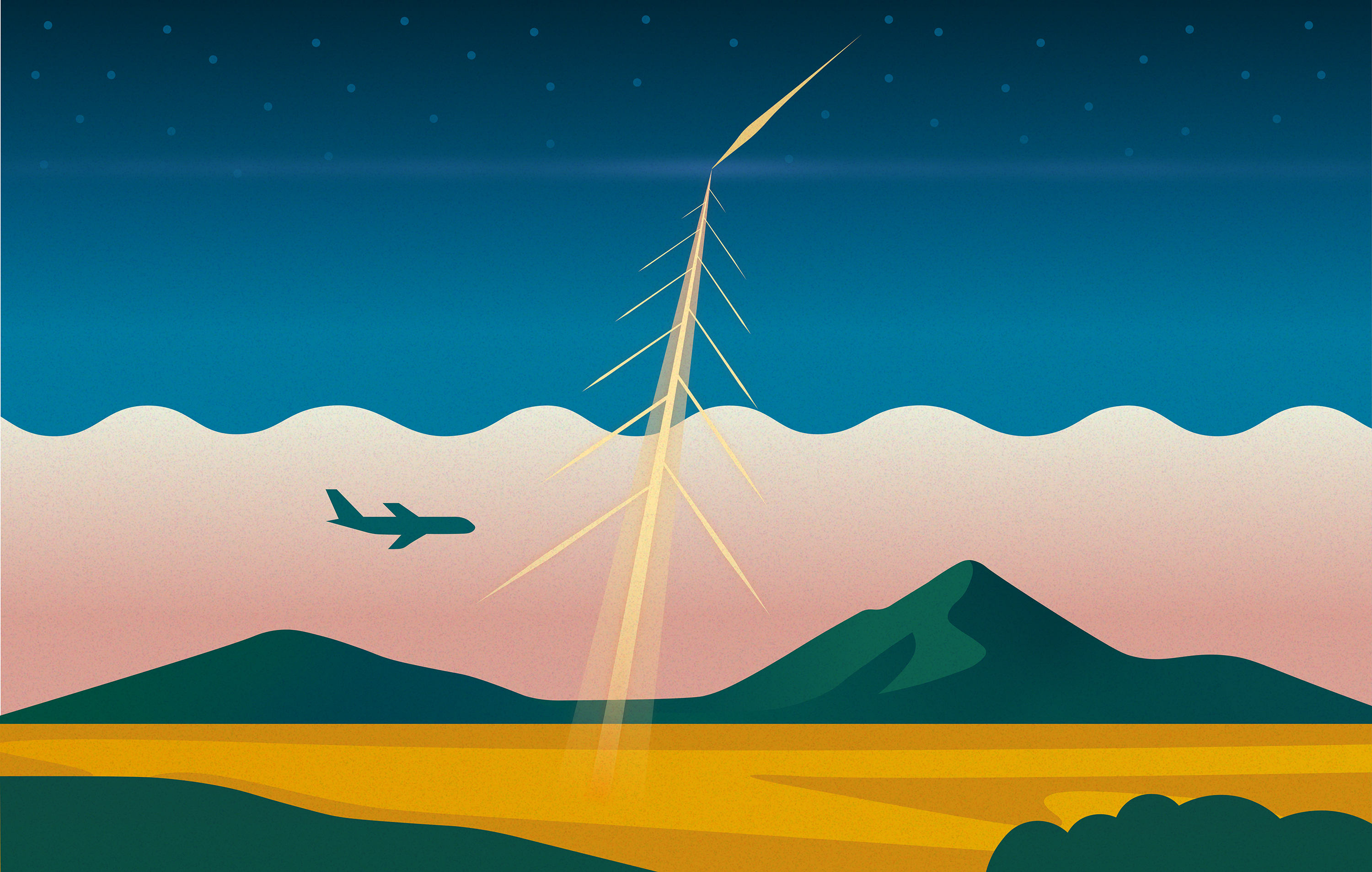Careful with Hot Objects
Twenty years spent rounding up more than 41,000 out-of-use radioactive sources
- Craig Tyler, Editor

The world has been producing sealed radioactive sources for more than a century. Some are found in government research laboratories. Some are found in medical centers. Some are found in university science classrooms. Some are found in industrial or agricultural settings. Many are no longer needed or no longer suitable for their original purpose—and may have dropped off the radar of those tasked with managing them. But they’re still out there, posing a potential health risk to the public. And if they fell into the wrong hands, they could be incorporated into a radiological dispersion device, also known as a dirty bomb.
“In the 1990s, several Los Alamos scientists had the foresight to recognize that something had to be done,” says Becky Coel-Roback, Los Alamos program manager for the Off-site Source Recovery Program (OSRP), a coordinated effort between the Los Alamos and Idaho national laboratories to round up sealed radioactive sources that are no longer in use. “And we’re proud to still be doing it, successfully, 20 years later.”

Indeed, having been formally established in 1998 after a successful pilot program the year before, OSRP marks its 20th anniversary this fall. During that time, it has collected more than 41,000 radioactive sources from more than 1400 sites, spanning all 50 states and 26 foreign countries. The collective radioactivity of all those removed sources exceeds 1.25 million curies, enough to produce thousands of dirty bombs.
Initially, OSRP recovered only transuranic sources (beyond uranium on the periodic table), since such material did not have a commercial disposal pathway. These sources contained isotopes such as plutonium-238 (used as power sources, such as in pacemakers), plutonium-239 (used in reactors), and americium-241 (used in industrial gauges). In 2003, the mandate expanded to include many other isotopes of concern, such as strontium-90, cobalt-60, cesium-137, and radium-226, which are the most common isotopes used in high-activity medical, research, and industrial applications. Unfortunately, although such radioactive sources are fairly common, not all have a viable disposal pathway at the end of their useful lifetime, making OSRP removal and disposition critically important.
In addition to recovering and securing radioactive material directly, the OSRP team conducts training, assessment, and consulting—covering broad source-management strategies as well as specifics, such as packaging, transportation, and secure storage. It does this both at home and abroad. It also supports reducing global reliance on radioactive sources by recovering devices replaced by non‑
radiological alternative technologies. And recently, it has successfully overseen the development, testing, and certification of a specially designed “Type B” shipping container for compliant transportation of high-activity sources; the container was put into official use earlier this year. In 20 years of safeguarding “hot” objects, this is just the latest in a long line of milestones—part of the something that had to be done.








